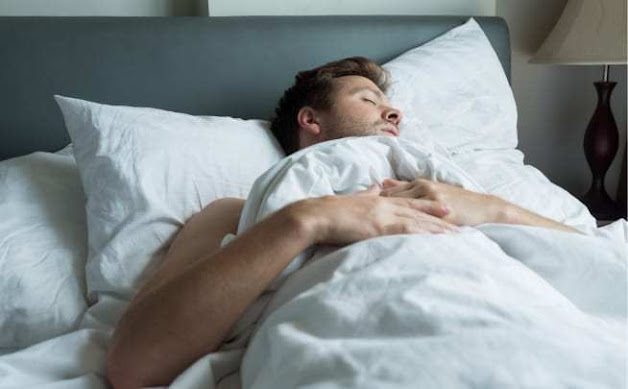As physical therapists, our patients often ask us to recommend specific pillow brands. This can be quite difficult due to the multitude of factors that go into choosing a pillow. No two bodies are the same and therefore there is no "best" pillow that we can recommend.
How often should I replace my pillow?
I generally recommend changing your pillow every one to two years, especially if you're using one with down filling. A good sign that its time for a replacement is if you feel new neck or back pain, or if the filling is no longer distributed equally. You might be able to get by for a longer time if you use a harder material like memory or polyfoam.
The best pillows for different sleeping positions
The best pillow for back sleepers
The perfect pillow for side sleepers
The right pillow for stomach sleepers
Pillows for straight sleepers
Care should be taken to avoid choosing a neck pillow that is too large so that your head is flush with the shoulders and not pushed forward. For anyone more comfortable sleeping on a slope, this type of pillow would be recommended.
What is the best pillow material for all sleeping positions?
1) memory foam
A memory foam pillow changes shape in response to your body heat and the weight of your head. This material is hypoallergenic, often cheap, and generally available to consumers. However, its relatively slow response to pressure can be frustrating for sleepers who change positions throughout the night. It will also retain heat, so if you're generally hot at night, you might want to avoid memory foam.
2) feather
Feather pillows are often very soft and adjust well to your head. Some brands will give you the option to remove or add feathers to customize the loft however you want. Unfortunately, these pillows tend to flatten over time and will change the support they provide when the feathers are moved.
3) Down
Not to be confused with a feather, the down filling is made from the inner feathers of ducks and geese. These pillows are extremely soft and light. They are more expensive and can cause allergic reactions in sensitive people. Much like traditional feather pillows, down pillows will inevitably lose their shape and support with use.
4) Latex
The natural latex filling allows these pillows to cradle the user's neck while minimizing pressure points. Many brands will have small vents to allow for temperature adjustment. However, these pillows are often one piece and therefore cannot be adjusted easily. Organic latex is a very durable option but increases the price.
5) buckwheat
Buckwheat is a breathable, hypoallergenic, durable, and environmentally friendly natural material. They are quite expensive and can take some getting used to as they are harder than traditional types of pillows. Many reviews also cite that they are quite loud, so avoid buckwheat if you are a light sleeper!
6) Polyfoam
Polyfoam pillows are the pillows you see that have interesting shapes to allow for a specific contour of the body. They react to pressure faster than memory foam but also trap heat. They are affordable, lightweight hypoallergenic, and you can wash them in a washing machine. Due to the natural indentations that develop with use, they will need to be replaced more quickly than the other types of pillows mentioned.
Ultimately, there are endless pillow options to choose from that suit a variety of needs and budgets. It's worth trying a few to see what provides you with the right support. Many companies offer money-back guarantees so that you can return or exchange them if they don't work for you.
For more information visit to PhysioDNA Clinic or Call on : +1(905)338-2437




Cosmetic packaging boxes
ReplyDeleteCustom Boxes With Logo
nice blog. Exclusive printing on the grab the attention of potential buyers
ReplyDeleteStreamline your Business with Custom Boxes
Your Business with Custom Boxes